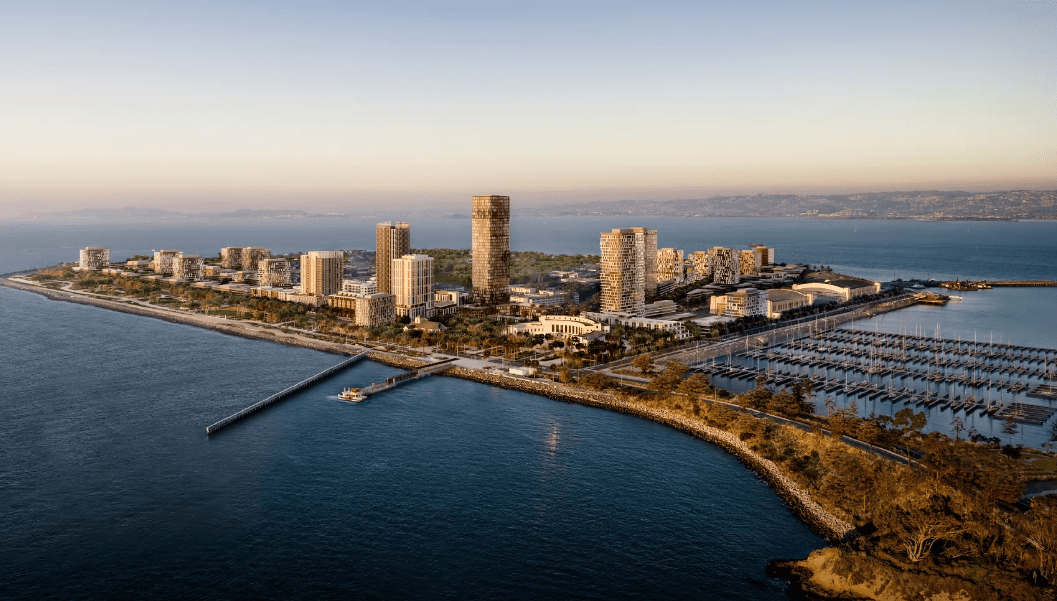An entire neighborhood and public park are rapidly taking shape on the leftovers of the U.S. Navy's old base on Treasure Island. "Parks, plazas, promenades, wetlands and natural areas ... all connected by bicycle lanes and pedestrian trails," are coming, explained the Treasure Island Development Authority's V. Fei Tsen during a SPUR panel Thursday afternoon about the past and future of the island. "It will be the biggest addition to the city’s park system since Golden Gate Park."
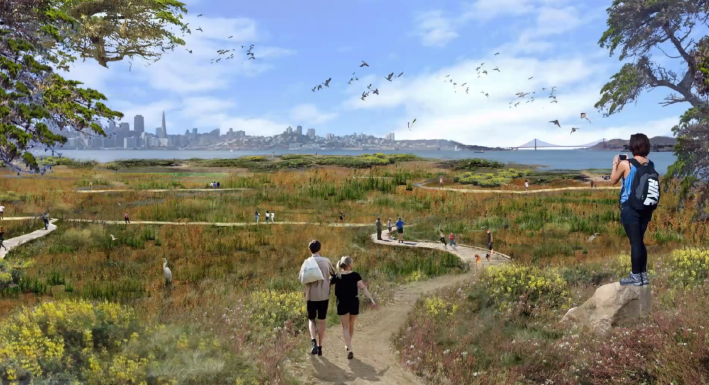
"It's now been almost 30 years since the navy listed the station for closure," said Bob Beck, also with the development authority. "There's been significant progress on the infrastructure side, such as new gas regulators, electrical switchers, and the Public Utilities Commission is taking bids for new construction of a new wastewater treatment plant."
There's also ongoing stabilization work to protect the man-made island from earthquakes and sea-level rise, all in preparation for an entirely new San Francisco neighborhood, with about 27 percent of the housing affordable and the rest market-rate. "The approach is to make it part of San Francisco through urban form, density, and 8,000 new housing units," said Kevin Conger, Principal with CMG Landscape Architect. Those new units will be clustered around the recently opened ferry terminal, to minimize the need for a car. "All of the residential development is within a 15-minute walk of the transit hub," he added. "Providing a high-quality pedestrian environment, prioritizing walking not driving."
That means streets without curbs and with lots of paths and natural vegetation to make walking around and cycling around the island as pleasant as possible.
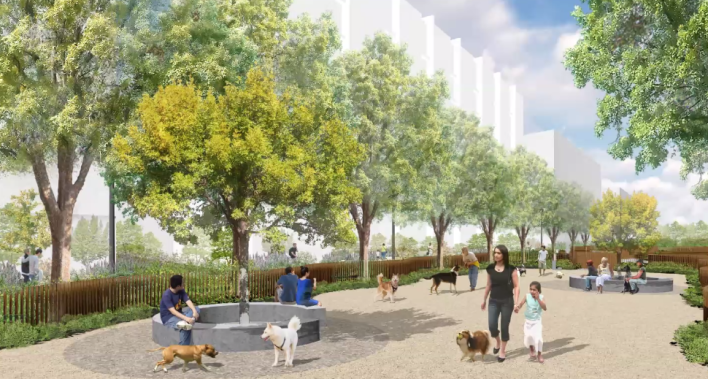
The developers even went so far as to consider usual wind patterns and to angle the buildings and the grid to avoid creating overly blowy streets.
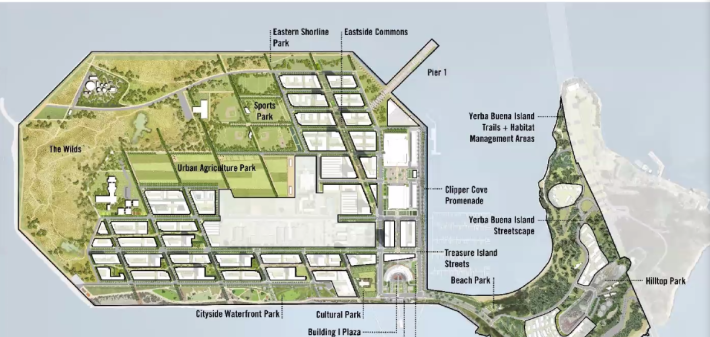
There will also be public artwork and a promenade. And the hope is to increase ferry service in the future to make getting to and from San Francisco a breeze.
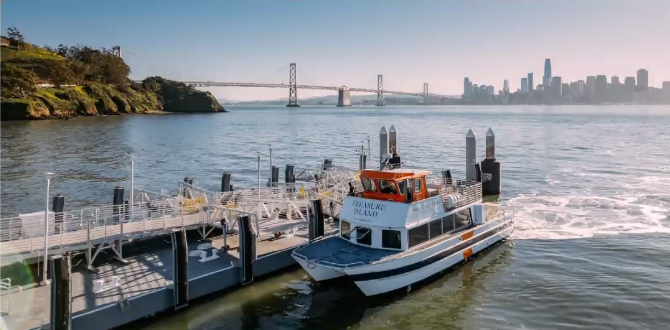
"There will be robust transit options, both with Muni to SF and AC Transit to Oakland," said Tsen. "It will provide transportation options that lessen the use of the car."
Although not many of the existing structures were salvageable, said the panelists, an effort is being made to preserve what they can, including Pan Am's Treasure Island terminal, which welcomes visitors as they arrive by ferry. The island's historic chapel is being repurposed into a public space as well.

The first phase of housing development in the $8 billion project will be finished this year, with more coming online in phases. The affordable housing will be prioritized for homeless veterans as a nod to the island's military past. As to the future, the developments will feature public art, public spaces, and great views of San Francisco. The large park is designed so coastal parts of it can be allowed to transform into wetlands as sea levels rise, to avoid flooding the rest of the island.
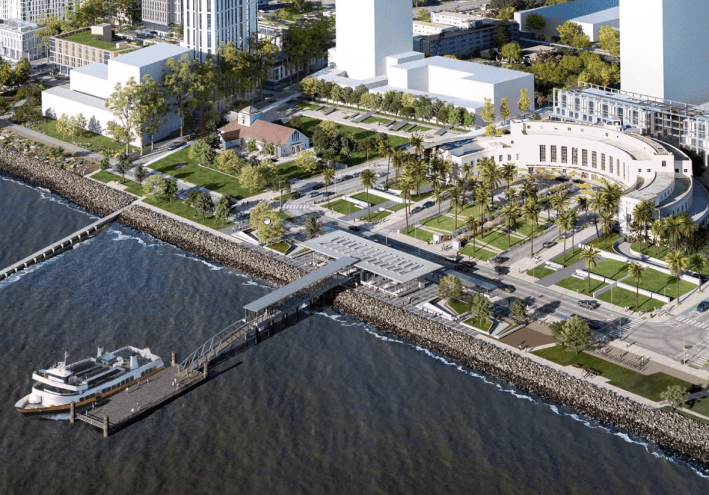
"We see ourselves as stewards of the public realm and we have an incredible opportunity to create a new neighborhood of San Francisco," said Tsen.
For more events like these, visit SPUR’s events page.
